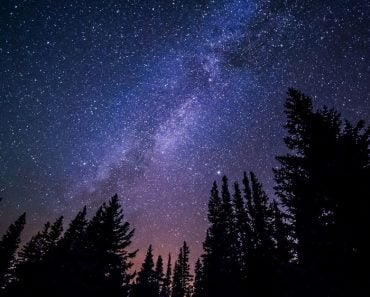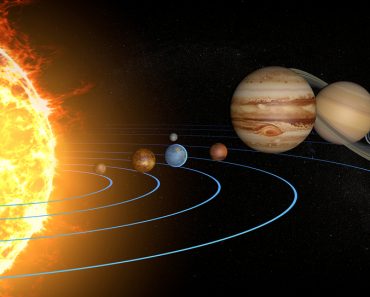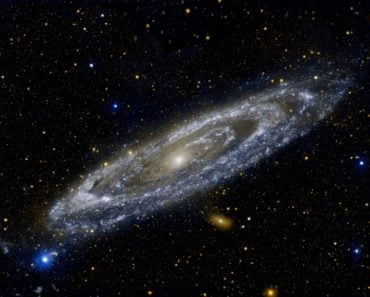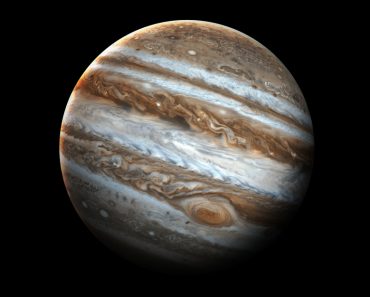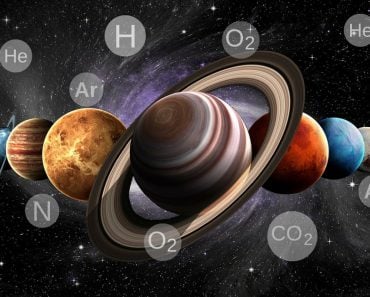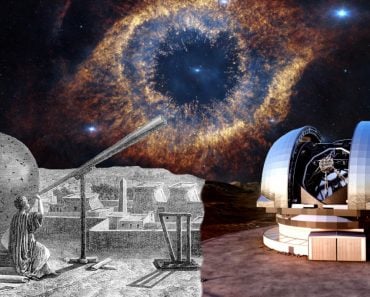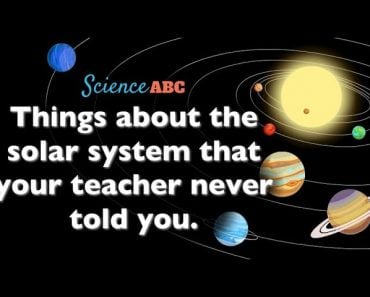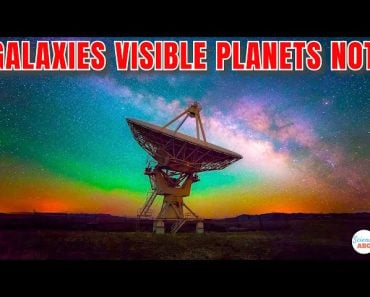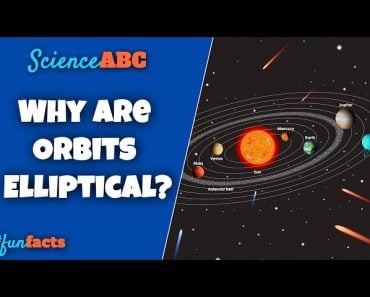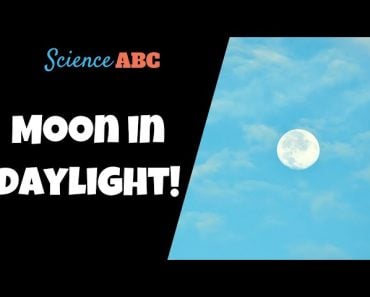Celestial bodies might appear similar in the night sky, but there is quite a noticeable difference to a discerning eye. The varying distances between the observer on Earth and the celestial bodies result in varied brightness.
There are days when you just want to lie beneath the vast night sky and wonder at its beauty, seeking humility and peace with yourself. Those seemingly tiny diamonds embedded against a dark backdrop are fascinating, but have you ever asked yourself why some heavenly bodies appear brighter than others? More importantly, how do you even distinguish between a planet and a star?
Let’s find out!
Recommended Video for you:
What Is A Planet?
This question sounds simple, but the answer isn’t. The parameters that a celestial body must satisfy to be regarded as a planet have undergone quite a few revisions throughout history.
The most recent definition adopted in 2006 by the International Astronomical Union is: (a) it orbits a star, (b) it must be big enough for its self-gravity to hold it in a nearly spherical shape, and (c) its gravity must be strong enough to clear its neighborhood around the orbit.
Any celestial body that satisfies the above conditions is considered a planet. Nevertheless, the debate is ongoing concerning the accurate definition of a planet.
What Is A Star?
A star is a humongous celestial body composed of gases, such as hydrogen and helium, that is held together by self-gravity. A star produces its own heat and light from the nuclear fusion reactions taking place in its core, due to extreme atmospheric conditions.

The formation of a star is itself a topic of discussion, but to put it simply: stars were formed millions of years ago when gas and dust accumulated and began collapsing as a result of their own gravity.
How Can You Spot The Difference Between A Planet And A Star?
It’s quite an easy task to distinguish between a planet and a star if you have a keen eye for detail. Both appear like tiny dots, but they have a slightly different optical appearance.
Firstly, stars twinkle, but planets don’t. Stars are extremely far away from Earth, so the light coming from the stars experiences multiple refractions; the continuous change in the speed of light gives rise to the twinkling effect. However, planets are relatively closer to the Earth as compared to the stars, so the light from planets doesn’t experience much refraction and therefore doesn’t twinkle.
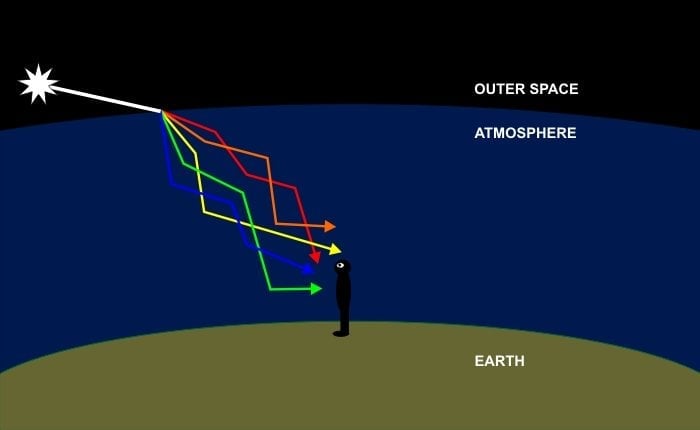
Secondly, planets appear brighter than the stars. It is interesting to note that stars produce their own light, including our Sun, but planets do not produce any light of their own. They simply reflect the light from the Sun or the nearby stars, yet they still shine brighter.
Why Do Planets Appear Brighter Than The Stars?
The primary answer to this question is the apparent distance of the planets and the stars from Earth.
According to the inverse-square law, the intensity of perceived light reflecting from an object is inversely proportional to the square of the distance between the observer and the object. Since the planets are closer to Earth, the perceived intensity is much higher than that of stars, which are much farther from Earth.
As the brightness is directly proportional to the intensity of light, the planets appear brighter than the stars.
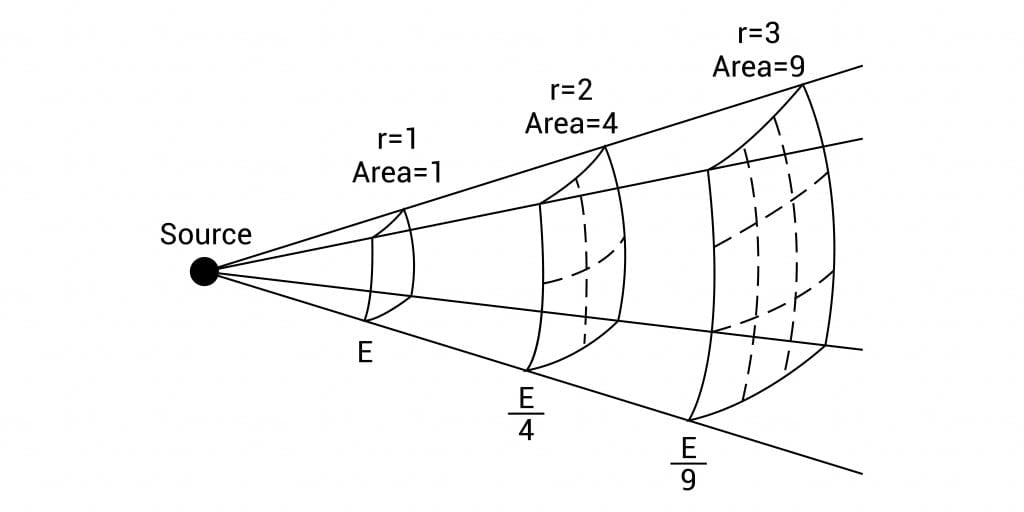
The distance of the planet from the Sun, whose light it reflects, also plays an important role in determining the brightness level of the planet. This is also governed by the inverse-square law. As the distance of the planet from the Sun increases, the light that reaches the planet decreases. Hence, the light reflected from it also decreases, resulting in less brightness.
Other factors, such as the reflectivity or albedo of the planet (how much light can its atmosphere and surface reflect), as well as the size of the planet, also influence its brightness.
Which Planet Is The Brightest Among The Planets In Our Solar System?
From the above paragraphs, we can conclude that different planets have different brightness levels, depending on the factors mentioned.
At times, Mars or Jupiter might appear quite bright, but Venus owns the title for being the brightest planet in the Solar System. This is primarily because Venus has the highest albedo among all the other planets. The thick clouds of Venus reflect approximately 70% of the sunlight that strikes it.
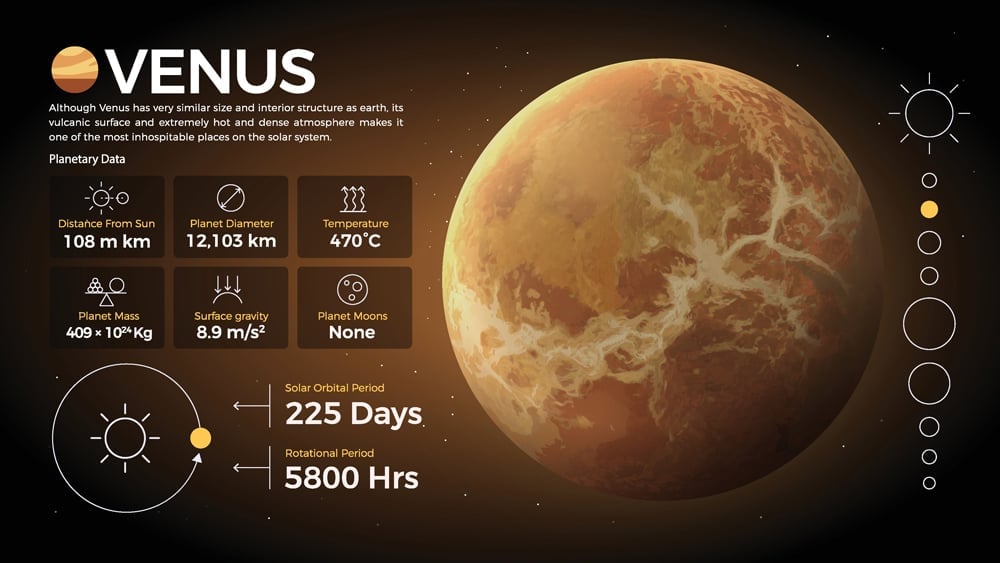
Venus is also closer to the Sun than most of the planets in the Solar System. Venus also comes closer to the Earth, both at its closest and farthest approach, than any other planet. Venus and Earth are also similar in size!
Conclusion
Now is the best time to go out on the roof and witness the blazing night sky. Go out and spot the planets and the stars… it could even be a fun game to play with your friends at the next bonfire!

And who knows… maybe you will discover a whole new planet or star as a result of your careful observations. Happy sky-gazing!
References (click to expand)
- Why do planets shine brighter than stars? – BioSidmartin - www.sidmartinbio.org
- Why do some of the planets in our solar system appear to be .... Socratic
- Why is Venus so bright? - EarthSky. earthsky.org
- What is a Planet? | Planets – NASA Solar System Exploration - www.google.com
- What Is a Star? | Types of Stars - Sky & Telescope. Sky & Telescope


